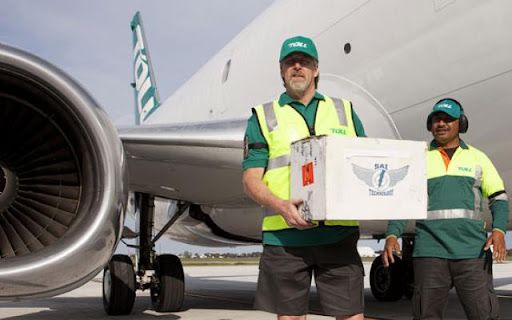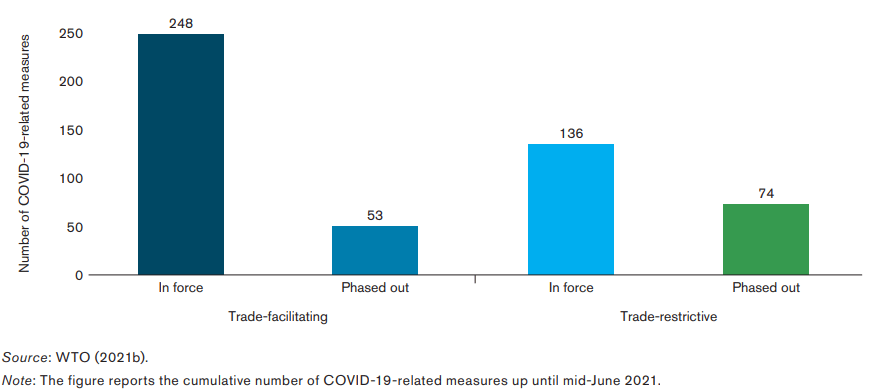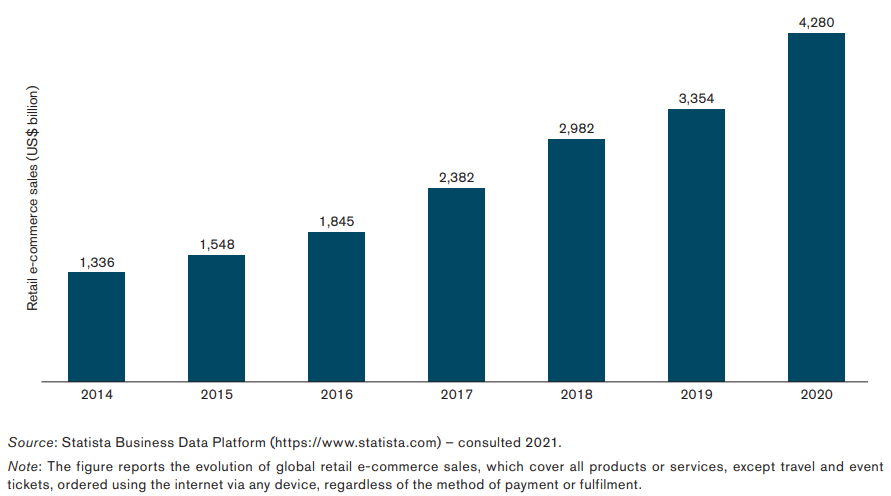The resilience of international trade to Covid-19

The World Trade Organization (WTO) described a series of cases on the resilience of international trade to the Covid-19 pandemic.
For starters, after initially imposing export restrictions to preserve domestic supplies and promote “homemade” solutions, countries ended up reversing them: they soon realized that imposing export restrictions by everyone would result in all will face import shortages, effectively paralyzing everyone’s integrated production networks.
This also explains why most countries opened, not closed, their markets during the pandemic, both reducing tariffs and modifying regulations to facilitate imports.
According to WTO monitoring reports, most of the Covid-19-related trade measures recorded since the outbreak of the pandemic facilitated trade.
Even in the heavily affected service sector, most of the Covid-19-related measures were trade facilitation.
Another of the main reasons for the resistance of the world trading system is the adaptability and efficiency of open markets, said the WTO, as part of the World Trade Report 2021, which included an example of the reilience of international trade.
An increasing number of trade-opening measures have been adopted to fight the COVID-19 pandemic

Faced with the sudden disappearance of old business opportunities and the advent of new ones, many industries, and the supply chains that support them, have proven remarkably agile and innovative in adapting to a new economic landscape in the form of Covid-19.
Resilience of international trade
For example, within weeks of the spread of the pandemic, garment manufacturers in India, Malaysia, and Sri Lanka had transformed into manufacturers of personal protective equipment (PPE), taking advantage of the growing global demand for face masks, gloves and rubber gloves and protective gowns.
In a matter of months, major airlines had converted many of their airliners to air cargo planes, responding to the simultaneous collapse of tourism and business travel and the rise in online shopping and express delivery.
Meanwhile, the acceleration of digitization and automation have also helped facilitate and underpin this Schumpeterian process of «creative destruction.»
Container shipping, rail transportation, and global supply chain management were already increasingly automated and contactless prior to Covid-19, and have become even more so since its inception, allowing food, raw materials and consumer goods continue to move across borders even when people cannot.
E-commerce
For the WTO, technology has been so critical in helping many service sectors adapt, as remote working and teleconferencing took the place (at least temporarily) of closed offices and stalled business travel.
Nothing better exemplifies the role of technology in reinventing and «Covid-19 testing» of many aspects of global trade during the pandemic than the explosion of e-commerce.
The growth of global e-commerce retail sales accelerated during the COVID-19 pandemic

With stores closing and people staying indoors, consumers have embraced online shopping on a large scale in almost every region, further strengthening and entrenching the role of the Internet as the indispensable infrastructure of modern economies.
![]()

